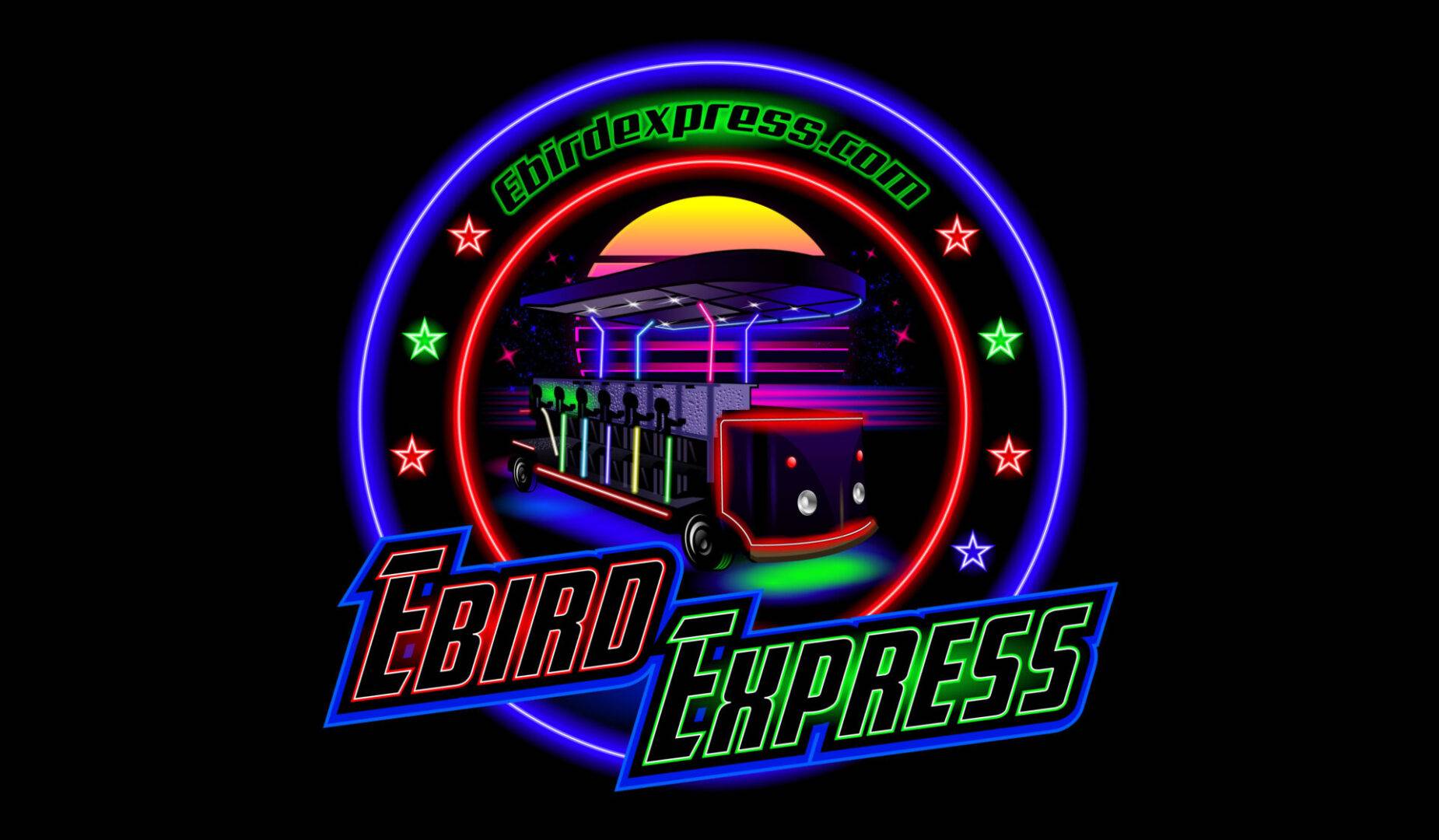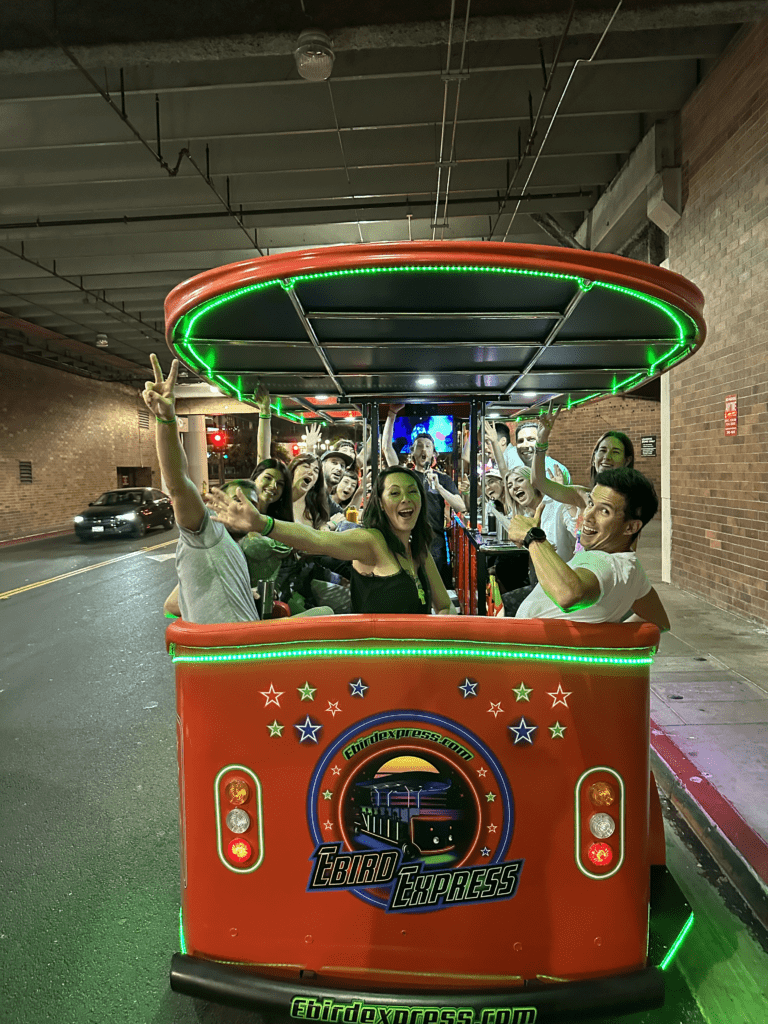

How Pedal Bars Are Revolutionizing the Bar Scene?
In recent years, the bar scene has been revolutionized by a lively new trend: pedal bars. Imagine a bar on wheels, propelled by its patrons as they pedal through city streets, laughing, sipping drinks, and taking in the sights along the way. Pedal bars, also known as party bikes or beer bikes, have redefined the social drinking experience by combining movement, interaction, and the novelty of visiting multiple locations in a single outing. This unique concept has gained traction globally, attracting tourists and locals alike who are looking for a fresh way to enjoy a night out. By merging the casual fun of a bar with light exercise and a bit of adventure, pedal bars are becoming the go-to choice for birthdays, bachelor and bachelorette parties, and group outings.
The Rise of Pedal Bars
Pedal bars originated in Europe, gaining popularity in cities like Amsterdam, where cycling culture is deeply ingrained. From there, the concept quickly spread to other cities across the globe, including major U.S. urban centers like Nashville, Austin, and San Diego. These mobile bars became especially popular for group activities, blending the excitement of exploring the city with a social, team-oriented vibe.
One reason for pedal bars’ explosive growth is their appeal to those looking for more than the usual bar scene. The novelty of pedaling through vibrant neighborhoods, stopping at various bars and local attractions along the way, adds a refreshing twist to typical nightlife.
What Sets Pedal Bars Apart from Traditional Bars?
Pedal bars stand out from traditional bars in several unique ways, making them a preferred choice for group gatherings and celebrations. First, they create a highly social atmosphere where patrons aren’t just seated separately at tables but gathered in a circle, pedaling together and facing each other. This arrangement encourages conversation and camaraderie, making it easier to bond with friends or even make new connections.
Another key difference is the physical activity involved. While it’s not a strenuous workout, pedaling adds a sense of fun and energy, making patrons feel engaged and active. Lastly, pedal bars offer the thrill of mobility.
Benefits of Pedal Bars for Patrons
Pedal bars provide patrons with a unique way to experience a city, combining entertainment, light exercise, and exploration. Unlike traditional bars, where patrons stay put, pedal bars allow people to cover multiple destinations in a single outing. This creates an ideal experience for those wanting to explore popular sights or visit different neighborhoods without planning an elaborate itinerary.
For health-conscious socializers, pedal bars offer a more active alternative to the traditional bar experience. While the exercise may be moderate, pedaling engages the body and breaks the mold of a typical night out.
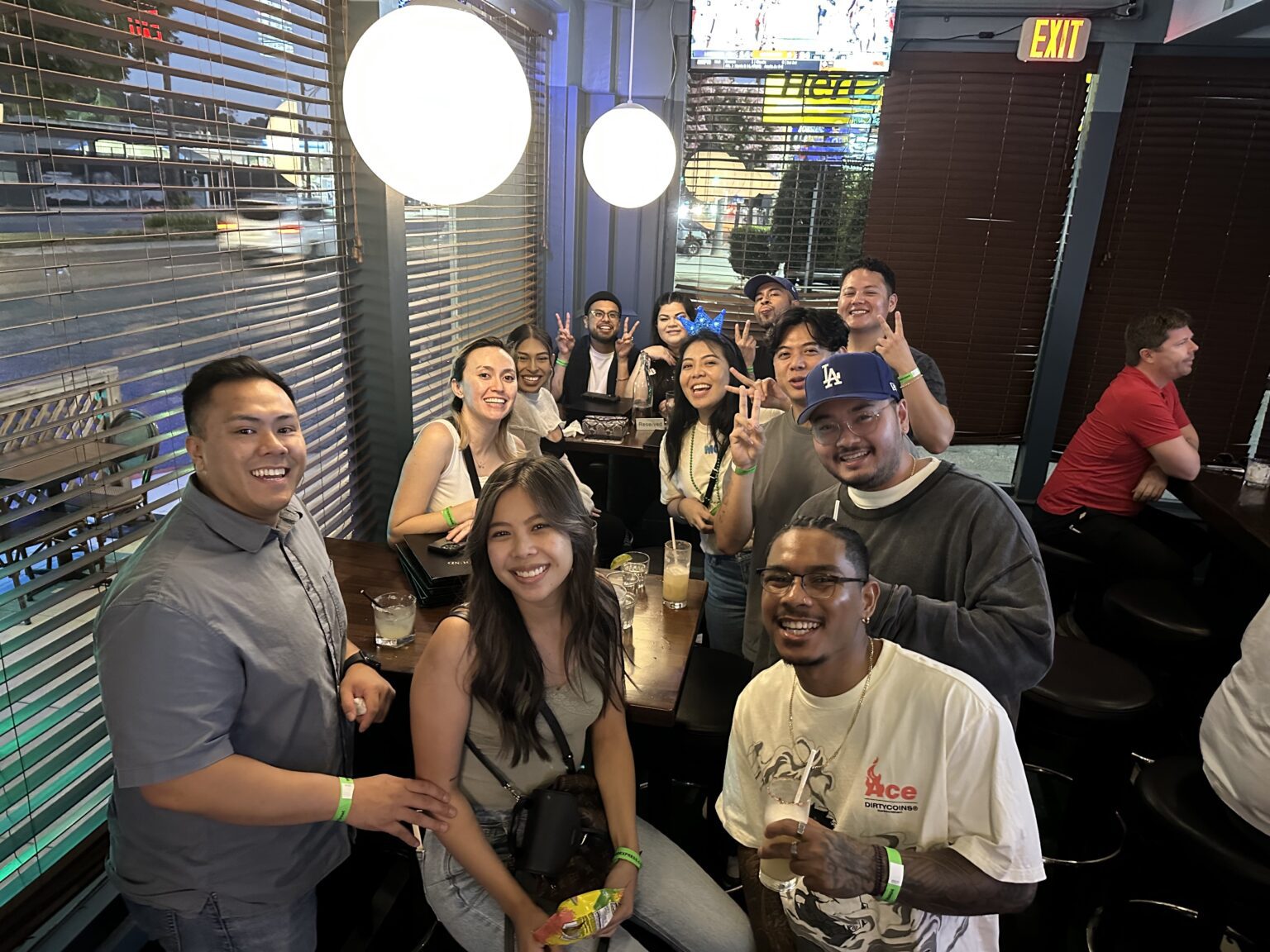
The Impact of Pedal Bars on the Local Bar Scene
Pedal bars have had a significant positive impact on the local bar scene, bringing fresh energy and new business to partnered bars and restaurants. By stopping at multiple locations during each tour, pedal bars encourage patrons to explore a variety of establishments they might not have visited otherwise. This rotation of stops allows local bars to gain exposure to a wider audience, boosting foot traffic and introducing new customers to their offerings.
In addition to promoting local businesses, pedal bars have become a popular tourist attraction, adding to the appeal of city tours and drawing visitors who want a unique way to experience the area.
Challenges and Criticisms of Pedal Bars
Despite their popularity, pedal bars face challenges and criticisms, primarily around issues like noise, traffic, and safety. In bustling city centers, pedal bars can draw complaints from residents about noise, especially during evening hours when groups tend to get lively. This has led some cities to introduce noise restrictions or designated routes to balance entertainment with community concerns.
Traffic flow can also be an issue, as pedal bars often move slower than regular vehicles, creating minor disruptions, particularly in high-traffic areas. Safety concerns arise due to the combination of drinking and pedaling, which requires businesses to implement safety measures, such as limiting alcohol intake and having a designated, non-drinking driver to steer the vehicle.
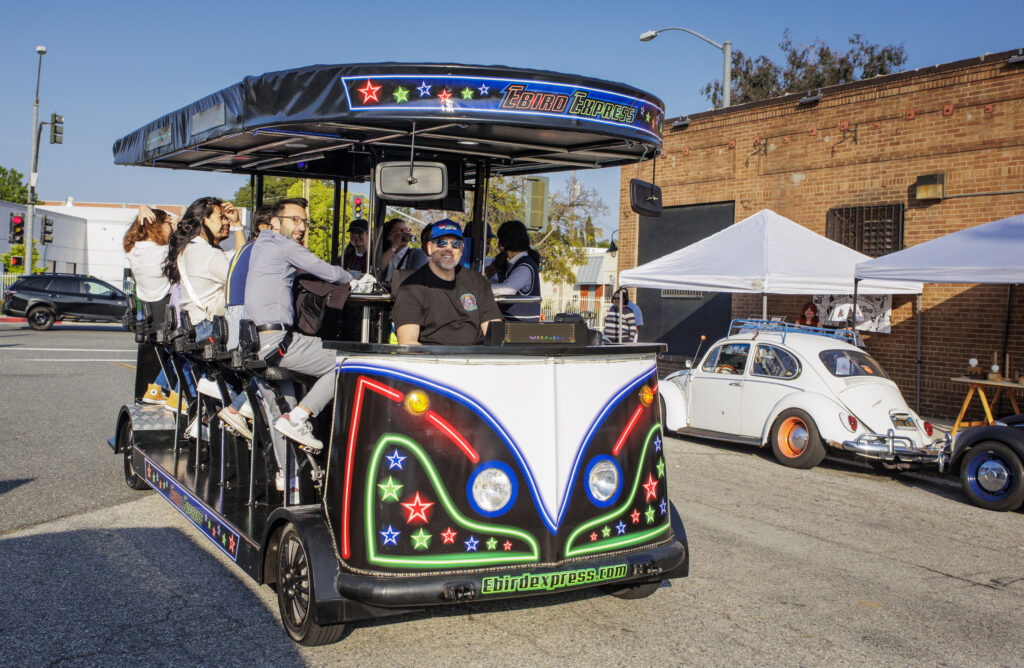
Conclusion
Pedal bars are transforming the bar scene by combining social drinking with a fresh, interactive experience that appeals to a broad audience. From lively group outings to scenic city tours, they offer a unique twist that goes beyond the traditional bar setting, drawing in locals and tourists alike. With their mix of light physical activity, mobility, and the opportunity to explore multiple venues, pedal bars have created a niche in the nightlife and tourism industries.
While there are challenges, including noise concerns, traffic issues, and seasonal limitations, the benefits—such as boosting local business, supporting tourism, and providing memorable experiences—are clear.
RECENT Blogs

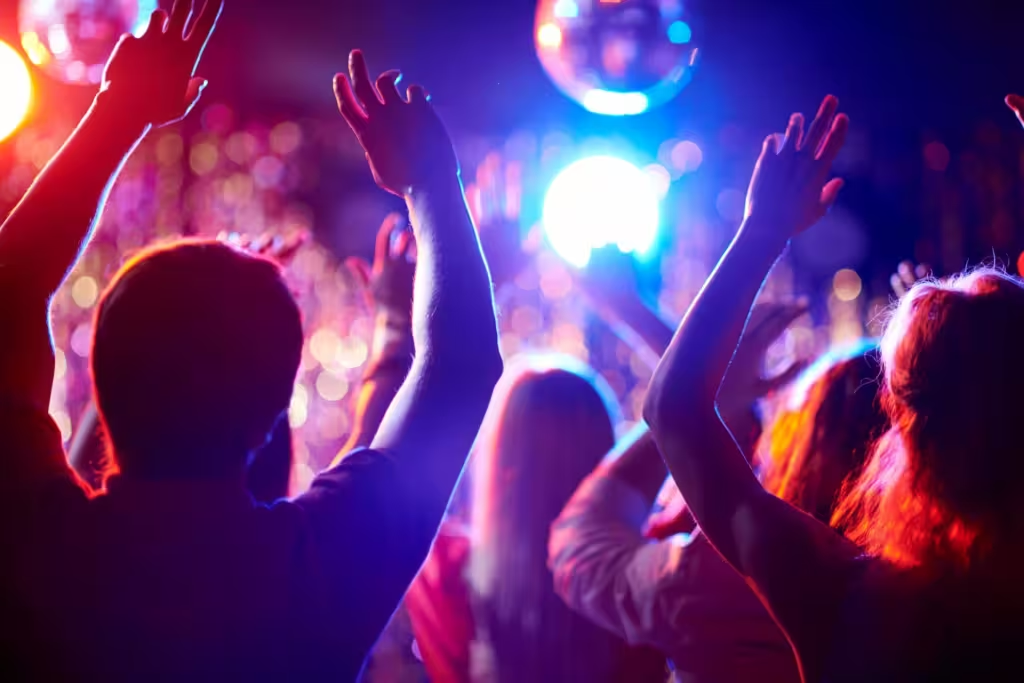
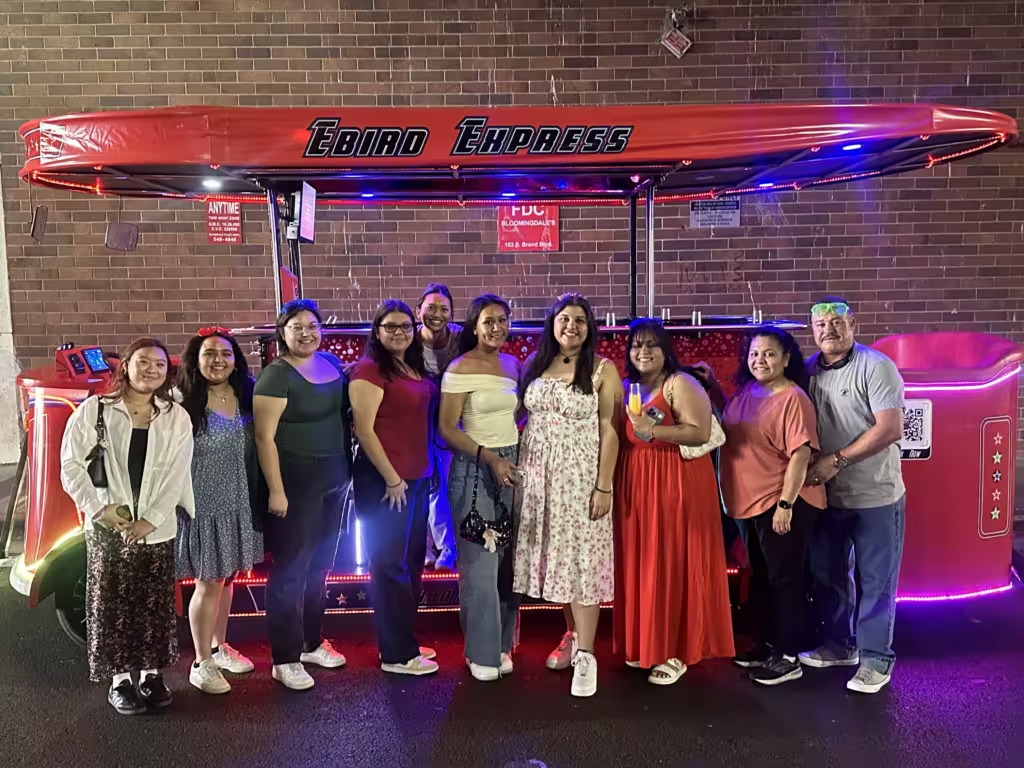

LET'S JOIN WITH US
- (818) 913-5545
- [email protected]
- 127 South Brand Blvd, Glendale, CA 91204
